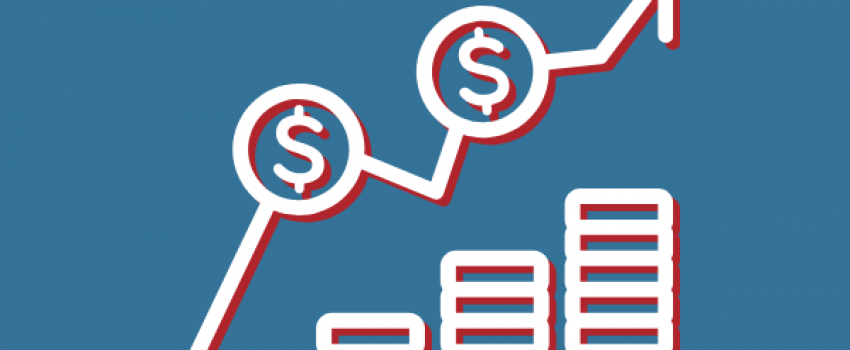As private lenders become increasingly leery of financing struggling businesses, small and mid-sized entities are being charged higher borrowing costs.
This recent trend comes in the aftermath of a first quarter in which mid-sized enterprises on a national scale experienced a 7.5% drop in value per the Lincoln Middle Market Index—which is the worst quarterly performance in nearly six years.
During the first two months of Q1 2020, prior to the COVID-19 pandemic, these businesses experienced record-setting revenue. Those earnings took a nosedive across all sectors in March with the onset of the government-mandated lockdown to stem the rampant spread of the coronavirus. And while the coronavirus pandemic brought significant declines in multiples, enterprise values at the end of Q1 aligned with the levels observed approximately one-and-a-half years ago, before the markets experienced a significant run-up. While it is difficult to determine where valuation multiples are headed, the negative impact of the coronavirus to middle market companies will not be completely determined until companies release post-COVID earnings and revised budgets for the 2020 calendar year.
With the fall in enterprise value, coupled with curtailed visibility regarding performance in upcoming quarters, private lenders that finance middle-market firms are adopting a more cautious financing protocol while they shore up their own credit lines and service their preexisting clients. Generally, only the most lucrative, promising deals are being originated at this time.
Lenders to mid-sized businesses are commanding between 100 and 250 basis points of incremental spread in excess of the Libor benchmark rate that was posted in 2019, and are using more restrictive covenants and reduced leverage. In practical terms, this means that a unitranche loan for a business that posts over $40 million in EBITDA is predicted to command 650 to 750 basis points over Libor. A more senior loan will typically weigh in at approximately 500 to 600 basis points over Libor, whereas a second-lien would be in the ballpark of 900 to 1,050 basis points over Libor.
Some lenders are negotiating with private equity sponsors to assist borrowers in weathering these difficult conditions. Such arrangements may include options like increased equity and loan covenant holidays. The upcoming months will give some indication as to which businesses will be able to survive the ongoing economic strife and which will be forced out of the market altogether.
For private lenders with funds to deploy, the current state of the market presents an opportunity to obtain returns that would have been out of reach a few months ago for comparable deals.






